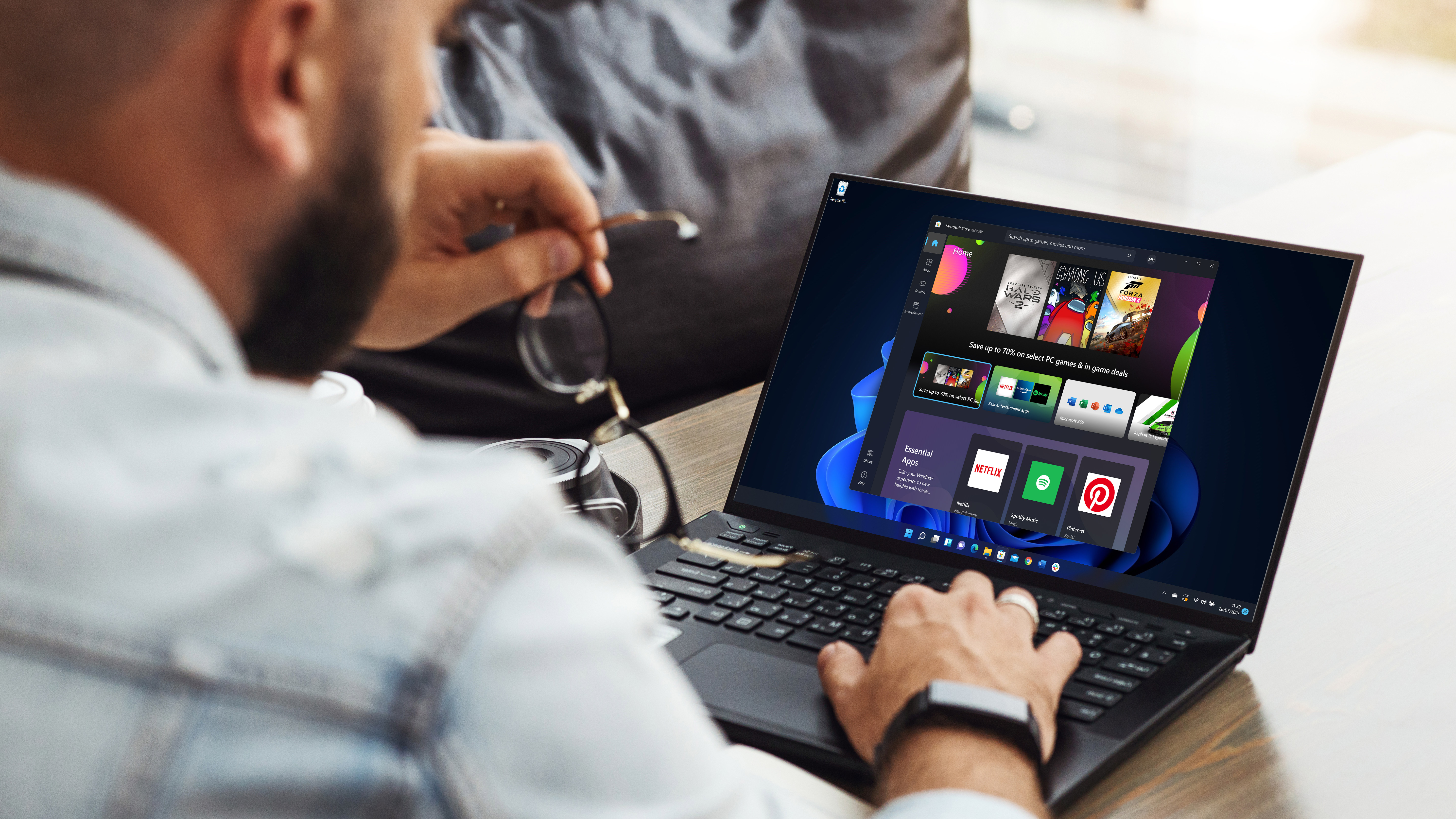- Windows 11 23H2 is no longer officially supported
- You will no longer receive security updates in the future.
- Microsoft will therefore force people with Windows 11 23H2 to upgrade to 25H2
If you haven’t moved to Windows 11 24H2 or 25H2 yet, Microsoft has a reminder for you: version 23H2 is no longer officially supported and you will soon be forced to upgrade.
Neowin picked up on Microsoft’s announcement in an update posted via the Windows release status dashboard, which reads: “As of November 11, 2025, the Home and Pro editions of Windows 11, version 23H2, have reached end of service.”
Please note that the Enterprise and Education editions of Windows 11 23H2 are different and will receive updates for another year (until November 2026). However, the November 2025 monthly update for Windows 11, which arrived earlier this week, is the final update that consumers of the Home or Pro editions of Windows 11 23H2 will receive.
That means those people will be in the same boat as people running Windows 10 (who haven’t gotten extended support), and without security updates in the future, your PC could be open to future vulnerabilities, since those vulnerabilities won’t be patched.
Analysis: Forced updates for almost everyone, except those with a very old PC

Due to the situation around the vulnerabilities (and the security dangers they bring), Microsoft recommends “moving to version 25H2 to test the latest Windows innovations.” Of course, the 25H2 version is pretty much the same as the 24H2, just with a few additional tweaks (although there really isn’t much difference, a topic I’ve explored in the past).
In fact, Microsoft will force people to upgrade from Windows 11 23H2. As the firm also informs us: “Devices running the Home and Pro editions of Windows 11, version 23H2 that are not managed by IT departments will receive the Windows 11, version 25H2 update automatically. You can choose the time to restart your device or postpone the update.”
However, if you have Windows 11 Home, as most people will, you can only postpone the update for a short time, meaning it won’t be long before the update becomes mandatory. This is for your own good, to ensure that your operating system remains up to date with security patches.
That said, there is one slightly tricky area with this particular forced upgrade, as not all machines can upgrade from version 23H2 of Windows 11. This is because some older processors do not support particular instructions (POPCNT, or ‘population counting’, among others), which are mandatory to upgrade to version 24H2 (or 25H2, which, as noted, is virtually identical).
Those devices will be completely out of luck, but the good news is that only very old CPUs will not support such instructions, so only a very old set of computers will be stuck here. That said, owners of those PCs will have to find a different way to move forward with their system other than Windows 11, at least if they want to stay protected from threats.
A possible solution could be to downgrade to Windows 10 – and then resume extended support from Microsoft until October 2026 – or perhaps more likely, a complete change of direction and a switch to Linux. (There are some Linux distributions that are quite compatible with Windows in terms of being a relatively similar environment, although there are clearly still big differences between the two platforms.)

The best computers for all budgets
Follow TechRadar on Google News and add us as a preferred source to receive news, reviews and opinions from our experts in your feeds. Be sure to click the Follow button!
And of course you can also follow TechRadar on TikTok for news, reviews, unboxings in video form and receive regular updates from us on WhatsApp also.



